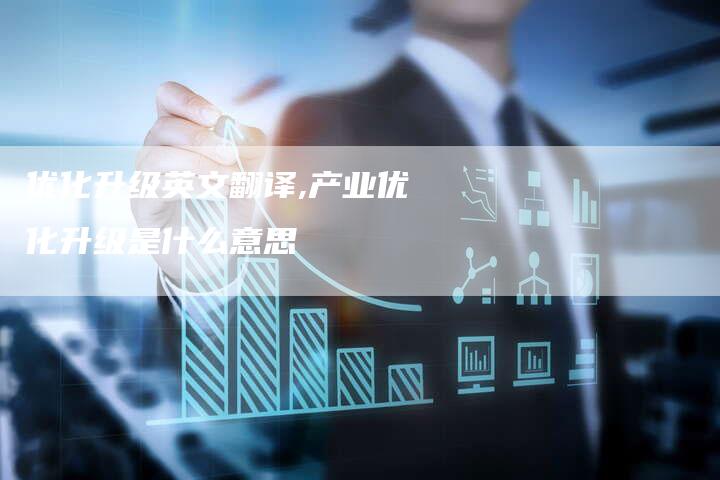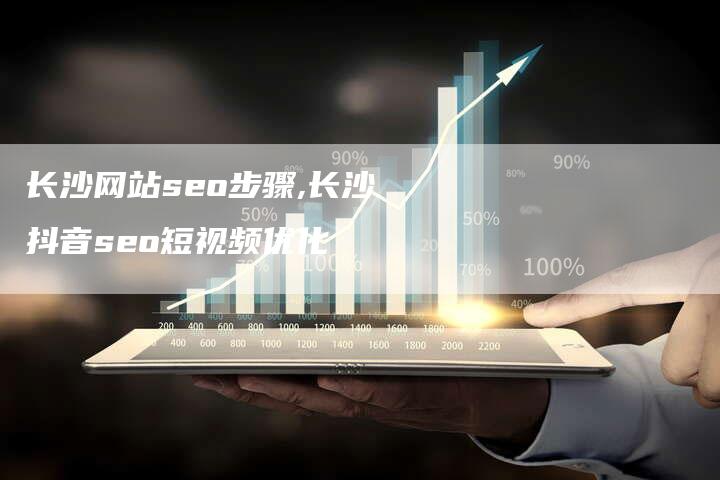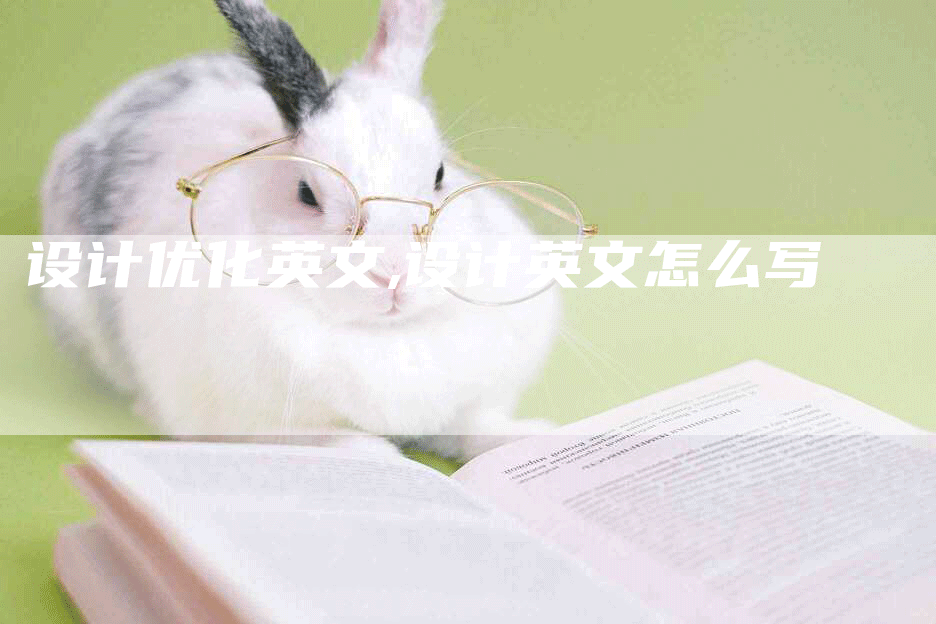
Industry Optimization and Upgrading
Industry optimization and upgrading refer to the process of transforming and improving traditional industries by utilizing advanced technology, innovative business models, and management practices. The goal is to improve efficiency, increase productivity, and enhance competitiveness in the global market.
1. The Importance of Industry Optimization and Upgrading
Industry optimization and upgrading are essential for economic growth and development. It helps traditional industries to adapt to changing market conditions, meet the demands of consumers, and remain competitive. It also creates new job opportunities, improves the quality of products and services, and enhances overall economic performance.
2. Factors Driving Industry Optimization and Upgrading
Several factors drive industry optimization and upgrading, including technological innovation, changing consumer preferences, and regulatory requirements. Technological innovation has been a significant driver, facilitating the development of new products and services, increasing efficiency, and lowering costs. Changing consumer preferences have also played a significant role, with consumers demanding more personalized, convenient, and environmentally friendly products and services. Regulatory requirements have also been a factor, with governments setting standards to protect the environment, ensure safety, and promote social responsibility.
3. The Benefits of Industry Optimization and Upgrading
Industry optimization and upgrading bring several benefits, including increased efficiency, productivity, and competitiveness. It also creates new job opportunities, enhances the quality of products and services, and improves overall economic performance. Additionally, industry optimization and upgrading can promote sustainable development, reduce environmental impact, and enhance social responsibility.
4. Challenges Faced in Industry Optimization and Upgrading
Despite the benefits, industry optimization and upgrading face several challenges. One of the significant challenges is the resistance to change. Many traditional industries are resistant to new technologies, business models, and management practices, making it difficult to implement changes. Another challenge is the lack of skilled labor and resources, which may hinder the adoption of new technologies and practices. Finally, the high cost of investment in new technologies and practices may be a barrier to industry optimization and upgrading.
5. The Role of Government in Industry Optimization and Upgrading
The government plays a critical role in promoting industry optimization and upgrading. It can provide the necessary support, including funding, incentives, and regulatory frameworks, to encourage industries to adopt new technologies, business models, and management practices. Additionally, the government can promote education and training programs to develop skilled labor and resources.
Conclusion
Industry optimization and upgrading are essential for economic growth and development. It helps traditional industries to adapt to changing market conditions, meet the demands of consumers, and remain competitive. Despite the challenges, the benefits of industry optimization and upgrading are significant, and the government plays a critical role in promoting and supporting this process.
以上所转载内容均来自于网络,不为其真实性负责,只为传播网络信息为目的,非商业用途,如有异议请及时联系btr2020@163.com,本人将予以删除。




